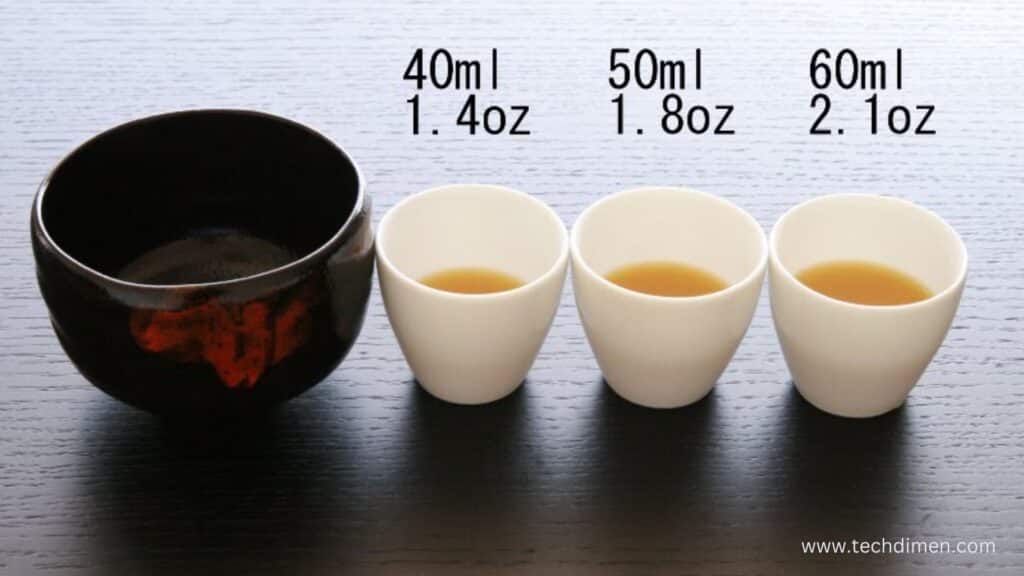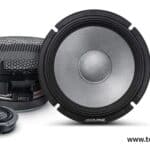How to convert 40 milliliters (ml) to ounces (oz) is essential in various contexts, from cooking and baking to medicine and travel. This guide provides accurate conversions, practical examples, and helpful tools to make the process straightforward.
How Many Ounces Are in 40 ml?
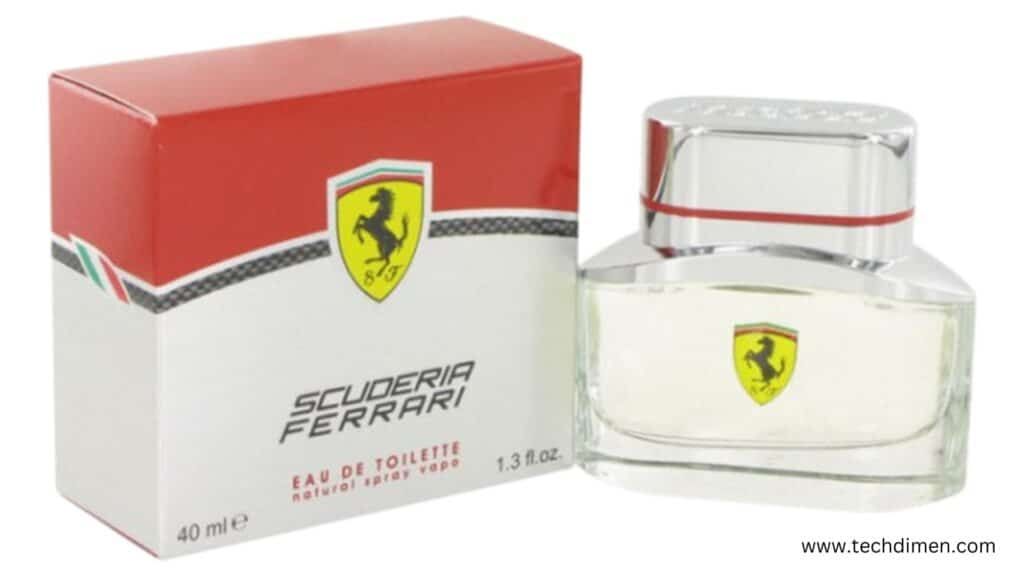
To convert 40 milliliters (ml) into fluid ounces (oz), you first need to understand which measurement system you’re working with. The US fluid ounce and the UK (Imperial) fluid ounce are not the same, and the difference matters, especially for recipes, medicine, or travel limits.
In US Fluid Ounces
In the United States, one fluid ounce is defined as 29.5735 milliliters. When you divide 40 ml by that number, you get:
40 ml ÷ 29.5735 = 1.35 US fluid ounces
So, 40 ml is exactly 1.35 oz in US measurements. This is the most commonly used conversion in American cooking, beverage packaging, and medicine.
In UK (Imperial) Fluid Ounces
If you’re in the UK or using older British recipes, the Imperial system may apply. One UK fluid ounce equals 28.4131 milliliters. That means:
40 ml ÷ 28.4131 = 1.41 UK fluid ounces
So in the Imperial system, 40 ml is about 1.41 fluid ounces.
Why Does This Difference Matter Convert 40 ml to oz
That small difference 1.35 oz vs 1.41 oz might not seem like much, but it can be significant in precision-based contexts like pharmaceuticals, baby formula, or baking. In baking, for example, even a 0.1 oz difference can affect the texture of delicate pastries or sauces. In medicine, especially when dosing infants or small pets, accuracy is critical.
Practical Application: US vs UK
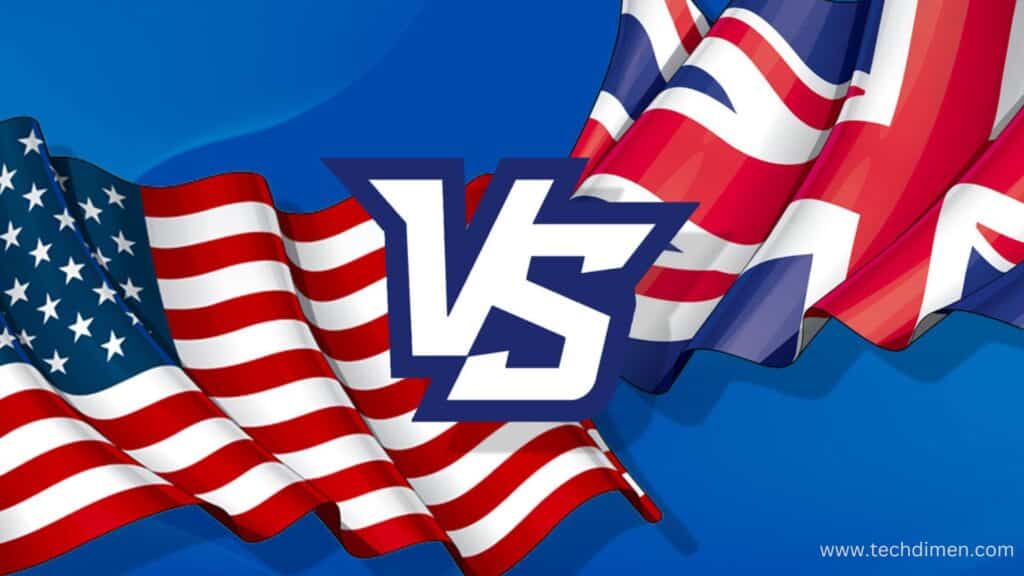
If you’re using a US recipe or buying products labeled in ounces from an American store, you’ll be using the US fluid ounce conversion. On the other hand, British cookbooks or products often stick to the Imperial ounce unless explicitly converted to metric.
Here’s a quick breakdown to help clarify:
- US System: 40 ml = 1.35 oz
- UK System: 40 ml = 1.41 oz
If a bottle says “40 ml” and you’re trying to figure out how many ounces that is in your country, check whether it’s using US fluid ounces (standard in the US and many international contexts) or UK ounces (less common, but still used in the UK and some Commonwealth countries).
Whether you’re pouring out cough syrup, mixing a cocktail, or converting measurements for carry-on liquids, knowing exactly how many fluid ounces are in 40 ml ensures you’re precise and within limits.
Would you like me to add a visual comparison or use case example next?
Quick Answer Convert 40 ml to oz
40 ml equals 1.35 US fluid ounces.
If you’re using the Imperial system (UK), 40 ml equals approximately 1.41 fluid ounces.
This small amount is slightly more than a standard US shot (which is 1.25 oz) and just under 3 tablespoons (since 1 tablespoon is roughly 14.8 ml).
So if you’re converting 40 ml for a recipe, drink, or travel container, you can remember:
40 ml = 1.35 oz (US)
40 ml = 1.41 oz (UK)
Why Convert 40 Milliliters to Fluid Ounces?
There are several practical reasons for converting 40 ml to ounces. In the kitchen, recipes may list ingredients in milliliters or ounces depending on the country of origin. For example, a recipe from the United States might measure milk in ounces while a European recipe uses milliliters. Understanding both helps ensure accuracy in preparation.
Medical dosage is another area where this conversion is critical. Many liquid medicines are prescribed in milliliters, but instructions or packaging might reference fluid ounces. Knowing the exact conversion can make all the difference in accurate dosing.
Travelers also benefit from this knowledge, particularly when adhering to airline regulations for liquids. These rules often refer to ounces, so converting from ml ensures you’re within legal limits. Lastly, in daily life, you might want to compare beverage sizes, cosmetic containers, or cleaning product volumes. Converting 40 ml to oz makes this much easier.
US vs UK Fluid Ounces Which One Applies to Convert 40 ml to oz
When converting 40 milliliters (ml) to ounces (oz), it’s essential to know that not all ounces are created equal. The term fluid ounce refers to a unit of volume, but it has two distinct definitions depending on the measurement system being used:
- The US Customary fluid ounce
- The UK Imperial fluid ounce
Although they sound identical, they do not represent the same volume.
Here’s the exact breakdown:
- 1 US fluid ounce = 29.5735 milliliters
- 1 UK (Imperial) fluid ounce = 28.4131 milliliters
That’s nearly a 4% difference in volume between the two systems.
What Is 40 ml in Both Systems?
Let’s apply the conversions to 40 ml:
- 40 ml ÷ 29.5735 (US oz) = approximately 1.35 US fluid ounces
- 40 ml ÷ 28.4131 (UK oz) = approximately 1.41 UK fluid ounces
So, depending on which fluid ounce system you’re using, 40 ml can mean either 1.35 oz or 1.41 oz.
Which One Should You Use for Convert 40 ml to oz
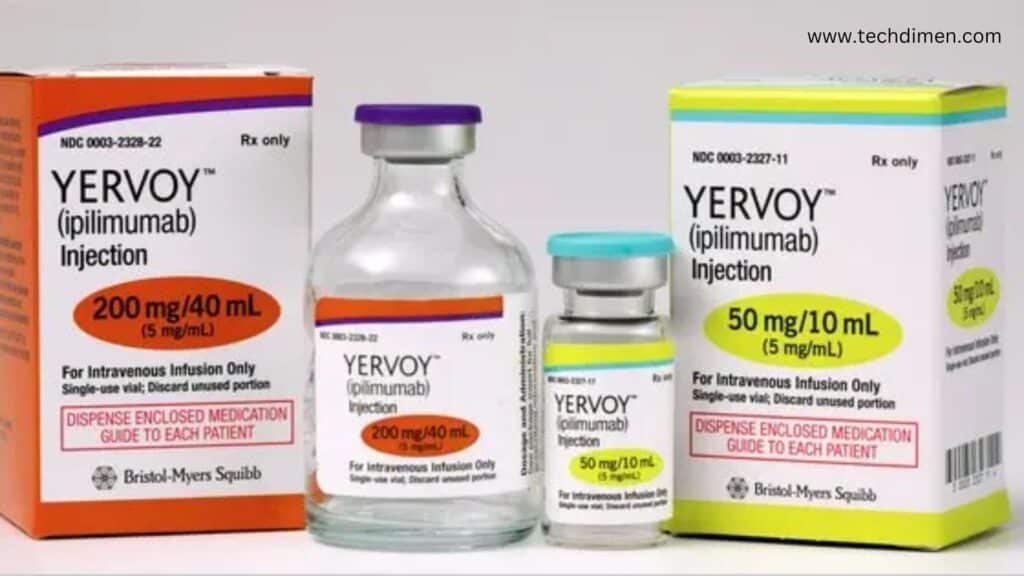
This depends entirely on your location and the context in which you’re using the measurement.
Use US fluid ounces if:
- You are in the United States
- You are following an American recipe
- You are dosing medicine labeled with US measurements
- You’re reading a US nutrition label or using a US-based product
In this case, you would convert 40 ml to 1.35 US fluid ounces
Use UK (Imperial) fluid ounces if:
- You are in the United Kingdom or Ireland
- You are using an older British recipe or cookbook
- Your product is labeled using Imperial standards (common in some UK-based beverages or cosmetics)
Then, 40 ml equals 1.41 UK fluid ounces
Which One Is More Common Today?
In most modern applications, especially those involving packaging, food labels, drinks, cosmetics, and pharmaceuticals, manufacturers default to milliliters, even in the US and UK. That’s because the metric system is globally standardized.
However, if a recipe or manual includes measurements in ounces, then understanding whether it’s US or UK based is crucial for accuracy. One of the most common errors in recipe conversions comes from mistaking Imperial and US fluid ounces.
Summary Convert 40 ml to oz
40 ml converts to:
- 1.35 oz (US fluid ounces)
- 1.41 oz (UK fluid ounces)
If you’re unsure which system to use, check your source. Is it American or British? Is it a scientific, culinary, or cosmetic context? And when in doubt, default to milliliters the one universal unit both systems recognize and print on packaging.
Want to be exact? Always clarify whether your source uses US Customary or UK Imperial units, especially for measurements like 40 ml, where the difference isn’t huge but can still impact outcomes in recipes or dosages.
The Exact Math: 40 ml to oz Formula Explained
When converting milliliters (ml) to fluid ounces (oz), you’re translating from the metric system to the imperial or US customary system. These systems measure volume differently, so the math relies on a conversion factor.
Let’s take it step by step.
The Conversion Formula convert-40-ml-to-oz
The base formula to convert milliliters to ounces is:
Fluid ounces = milliliters ÷ conversion factor
But the conversion factor depends on whether you’re using:
- US fluid ounces (1 oz = 29.5735 ml)
- UK fluid ounces (1 oz = 28.4131 ml)
So there are actually two formulas, depending on the system you’re following.
For US Fluid Ounces
To convert 40 ml to US fluid ounces:
40 ÷ 29.5735 = 1.35256
Rounded to two decimal places:
40 ml = 1.35 US fluid ounces
For UK Fluid Ounces
To convert 40 ml to UK (Imperial) fluid ounces:
40 ÷ 28.4131 = 1.40795
Rounded to two decimal places:
40 ml = 1.41 UK fluid ounces
Comparison Table: 40 ml in Both Units
| Unit Type | Conversion Factor | Result (Rounded) |
|---|---|---|
| US Fluid Ounce | 1 oz = 29.5735 ml | 40 ml = 1.35 oz |
| UK Fluid Ounce | 1 oz = 28.4131 ml | 40 ml = 1.41 oz |
Why This Math Matters
Even though the difference seems small (only about 0.06 oz), in certain contexts, that discrepancy is meaningful. For example:
- In medicine: Dosing must be accurate to avoid underdosing or overdosing.
- In baking: Even a small difference in liquids can affect the final texture or rise.
- In cocktails: A standard drink has legal definitions based on fluid ounce content.
- In skincare: Products are often regulated for travel based on volume in ounces.
How to Use This Formula at Home
If you want to convert any ml to oz, just divide the milliliters by the appropriate value:
- For US ounces: divide by 29.5735
- For UK ounces: divide by 28.4131
You don’t need a fancy calculator a basic calculator or smartphone app will do. But if you prefer speed, you can also use a ml to oz conversion tool online.
Common Kitchen Measurements: Is 40 ml a Lot?
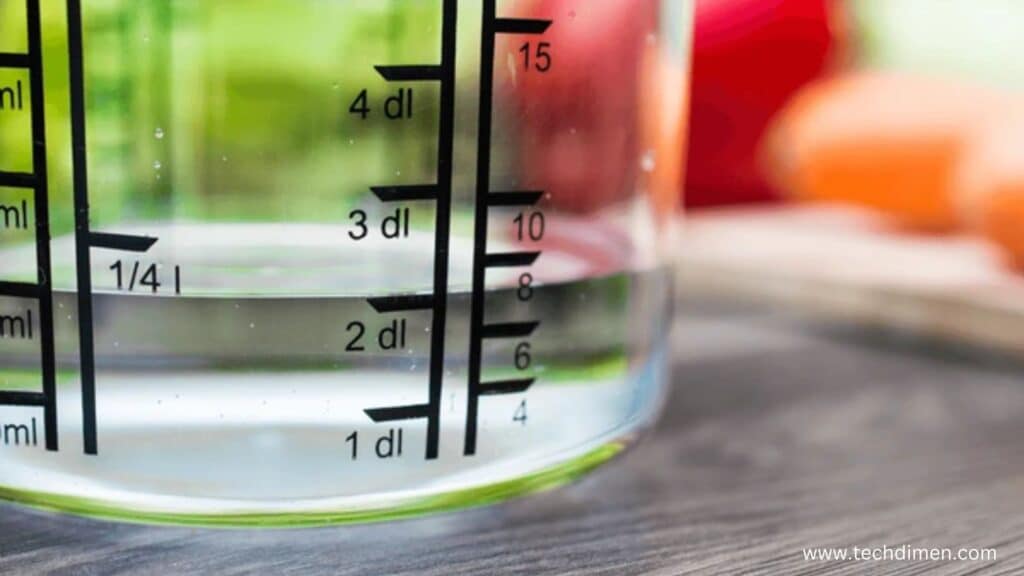
At first glance, 40 milliliters might not sound like much, especially if you’re used to working with cups, tablespoons, or ounces in recipes. But it’s actually a useful mid-range measurement in cooking, baking, and beverage preparation.
Let’s put 40 ml into perspective
To help you visualize how much 40 ml really is, here’s how it compares to other common volume units used in kitchens:
- 1 tablespoon = 15 ml
- 1 US fluid ounce = 29.57 ml
- 1/4 cup = 59 ml
- 1 shot (standard US) = 44 ml
- 1 teaspoon = 5 ml
So, 40 ml is roughly:
- 2.7 tablespoons
- 1.35 US fluid ounces
- About two-thirds of a shot
- Less than 1/4 cup
- 8 teaspoons
This means 40 ml is more than a splash but less than a full serving in most culinary settings.
Is 40 ml a lot for different types of ingredients?
Liquids:
For ingredients like oil, milk, or vinegar, 40ml is a small serving, perfect for salad dressings, marinades, or single-portion recipes. It’s common in European recipes or health-focused meal prep.
Alcohol:
In bars, 40ml is just under a standard US shot (44 ml) and a full shot in the UK (which defines a single measure as 25 ml or 35 ml, depending on the establishment). So yes, 40ml of liquor is enough for one strong drink or two smaller ones.
Cooking Oils or Syrups:
If you’re measuring sesame oil, maple syrup, or soy sauce, 40ml is a lot these are intense in flavor, and 40 ml would typically serve multiple portions.
Medicine or Supplements:
In medical or wellness contexts, 40ml can be considered a relatively large dose, especially for liquid medicines or nutritional shots. Always follow exact dosing instructions.
When is 40 ml a standard or expected amount?
- In recipes: You might see 40ml for adding broth, juice, or wine to a dish for flavor.
- In skincare: Many bottles of lotion, toner, or cleanser come in 40ml travel sizes.
- In baby formula: 40ml can be a common feeding measurement for newborns.
- In espresso: A double shot of espresso typically yields about 40ml.
So,Convert 40 ml to oz
It’s not a large volume, but it’s definitely not insignificant either. It sits comfortably in the “small but useful” category enough to influence a recipe, fill a travel bottle, or dose a health drink. In the kitchen, it’s a size you’ll use more often than you think.
Understanding how 40ml fits into everyday measurements helps you become more confident in the kitchen, behind the bar, or even at the pharmacy. Whether you’re converting for accuracy or just trying to eyeball a recipe, now you know 40ml is just the right amount for a lot of practical uses.
Convert 40 ml to oz Chart
| Milliliters (ml) | US Fluid Ounces (oz) | UK Fluid Ounces (oz) |
|---|---|---|
| 10 ml | 0.3381 oz | 0.3519 oz |
| 20 ml | 0.6763 oz | 0.7038 oz |
| 30 ml | 1.0144 oz | 1.0557 oz |
| 40 ml | 1.3526 oz | 1.4078 oz |
| 50 ml | 1.6907 oz | 1.7598 oz |
Real-Life Examples: What Does 40 ml Look Like?
The size of 40 ml, consider this: a standard shot glass holds about 44 ml or 1.5 ounces. So, 40ml is just shy of a full shot. If you’re using tablespoons, 40ml would be a little over two and a half tablespoons. Many medicine cups, often used for liquid medications, are marked up to 30 ml, meaning 40 ml would fill one and then some. In coffee terms, an espresso shot is around 30 ml, so 40ml would be slightly more than a typical espresso.
In culinary settings, 40ml is a frequently used volume for liquids such as water, milk, cooking oils, or vinegar. It’s also a standard serving size for spirits in many countries, especially when preparing cocktails or single pours. When working with flavorings like vanilla or almond extract, 40ml is enough for multiple recipes. Whether you’re a home chef or a professional bartender, knowing how to measure out 40ml in ounces helps maintain consistency and quality.
ML to OZ Converter Tool
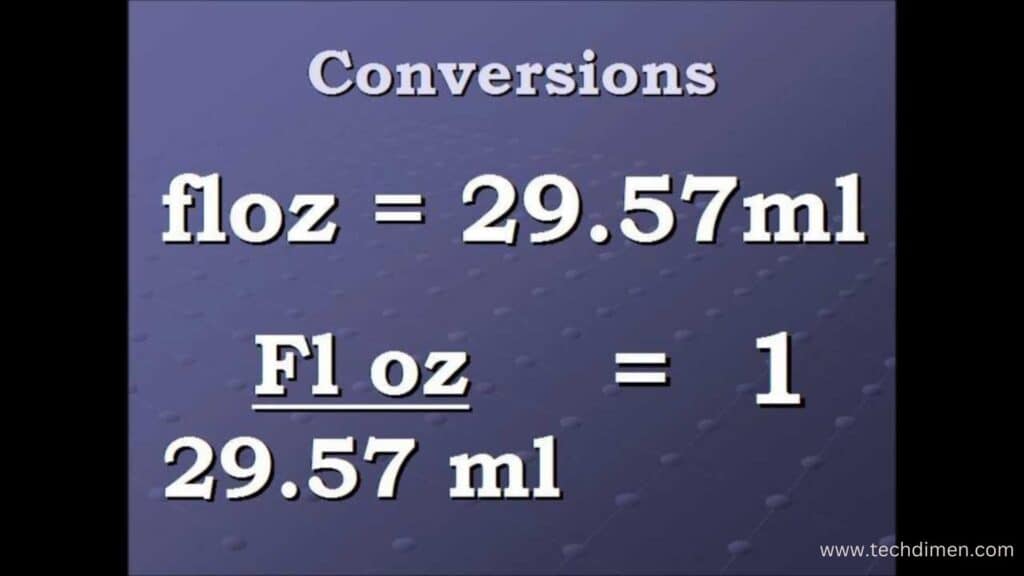
How do I convert 40 ml to oz fast and correctly?” here’s your go to solution. This converter handles both US fluid ounces and UK (Imperial) ounces, depending on what measurement system your recipe or bottle label uses.
Manual Conversion Formula convert 40 ml to oz
To manually convert milliliters (ml) to US fluid ounces (fl oz), use the following formula:
javaCopyEditUS ounces = milliliters ÷ 29.5735
So:
CopyEdit40 ml ÷ 29.5735 ≈ 1.35 US fl oz
To convert to UK (Imperial) fluid ounces, use:
javaCopyEditUK ounces = milliliters ÷ 28.4131
That gives you:
CopyEdit40 ml ÷ 28.4131 ≈ 1.41 UK fl oz
These conversions are accurate to two decimal places, which is more than enough for kitchen, bar, or health applications.
Instant ML to OZ Conversion Chart
For even faster reference, here’s a quick snapshot for common values around 40ml:
| Milliliters (ml) | US Fluid Ounces (fl oz) | UK Fluid Ounces (fl oz) |
|---|---|---|
| 10 ml | 0.34 oz | 0.35 oz |
| 20 ml | 0.68 oz | 0.70 oz |
| 30 ml | 1.01 oz | 1.06 oz |
| 40 ml | 1.35 oz | 1.41 oz |
| 50 ml | 1.69 oz | 1.76 oz |
| 60 ml | 2.03 oz | 2.11 oz |
This table helps you convert on the fly no calculator required.
Interactive Digital Converter (Use or Embed One)
You can also use an online ml to oz converter tool for more flexibility. These are typically found on cooking sites, pharmacist resources, or embedded in health tracking apps. Just enter the ml amount (e.g. 40 ml) and the tool auto-generates both US and UK ounce values.
If you’re building your own spreadsheet or app, you can embed this formula:
vbnetCopyEdit= A1 / 29.5735 → to convert ml to US ounces
= A1 / 28.4131 → to convert ml to UK ounces
Replace A1 with the cell containing your ml value.
Why Use a Converter Tool?
Here’s when a conversion tool really comes in handy:
- You’re following a recipe written in a different measurement system.
- You’re dosing liquid medicine with instructions in ounces.
- You need to know if 40 ml fits within TSA travel limits.
- You’re pouring a drink and need precise measurements.
- You’re scaling up or down a batch recipe for consistency.
Whether you’re handling skincare, cooking oil, cough syrup, or whiskey a fluid ounce converter ensures accuracy.
If you want a downloadable or printable ml to oz conversion chart, or an embeddable widget to use on your own site or device, just let me know. I can create a branded tool or provide a Google Sheet template for your specific needs.
Frequently Asked Questions About Convert 40 ml to oz
Is 40 ml the same as 1.35 oz? The answer is approximately yes. Forty milliliters equals 1.3526 US fluid ounces.
How do I convert ml to oz manually? Multiply the number of milliliters by 0.033814 for US ounces. For UK ounces, multiply by 0.0351951.
Can I use a standard measuring cup to get 40ml? Yes, you can. Since one US cup equals 240 ml, 40ml is about one-sixth of a cup.
How much is 40ml compared to a tablespoon? One tablespoon is 15 ml, so 40ml is roughly 2.67 tablespoons.
Is 40 ml enough for a shot of alcohol or coffee? Definitely. A standard shot glass holds 44 ml, and an espresso shot is about 30 ml, making 40ml suitable for both purposes.
What’s the difference between ml, oz, and fl oz? Milliliters measure volume in the metric system. Ounces can refer to both weight and volume, but fluid ounces (fl oz) specifically measure liquid volume in the imperial system.
How do bartenders and chefs use 40ml conversions? They often use jiggers, spoons, or digital scales to accurately portion out 40ml, especially when consistency and precision are essential for customer satisfaction.
Sure! Below are FAQs for your blog post on “Convert 40 ml to oz Accurate & Easy Milliliters to Ounces Conversion”. These are written with SEO in mind, following your tone and formatting guidelines:
FAQs: convert 40 ml to oz
How many ounces is 40 ml?
40 milliliters is approximately 1.35 fluid ounces (US).
To be precise:
40 ml × 0.033814 = 1.35256 oz
Is 40 ml the same as 1.35 oz?
Yes, if you’re using US fluid ounces, 40 ml equals roughly 1.35 oz. Just keep in mind that oz (fluid ounces) measure volume, not weight.
How do you Convert 40 ml to oz easily?
Use this quick formula:
milliliters × 0.033814 = fluid ounces (US)
So,
40 ml × 0.033814 = 1.35 oz
Or just use an online calculator if you’re in a hurry.
Does the conversion change for UK ounces?
Yes. If you’re using Imperial (UK) fluid ounces, 40 ml equals about 1.41 oz (UK).
That’s because 1 UK fl oz = 28.413 ml, while 1 US fl oz = 29.5735 ml.
Why is milliliters to ounces conversion important?
Because recipes, labels, and serving sizes often use different measurement systems.
Converting ensures accuracy whether you’re cooking, mixing drinks, or measuring out medicine.
Is there a difference between fluid ounces and ounces by weight?
Yes!
- Fluid ounces (fl oz) measure volume (like liquids).
- Ounces (oz) measure weight (like flour or sugar).
When converting 40 ml, you’re looking for fluid ounces, not weight.
Can I round 1.35256 oz to 1.35 oz?
Absolutely. For most practical uses (like recipes or daily measuring), rounding to 1.35 oz is perfectly fine.
How can I remember the Convert 40ml to oz
Here’s a simple trick:
30 ml ≈ 1 oz
So, 40 ml is just over 1⅓ ounces.
Is 40 ml a common measurement?
Yes, you’ll see 40 ml used for things like:
- Mini liquor bottles
- Small cosmetic bottles
- Travel-sized containers
- Medicine doses
Conclusion
Converting 40 ml to ounces is a simple but essential task for anyone who cooks, bakes, travels, or handles medications. The conversion is clear: 40ml equals 1.3526 US fluid ounces or 1.4078 UK fluid ounces. With a basic understanding of formulas, real-life comparisons, and digital tools, you can navigate between metric and imperial systems confidently and accurately. Whether you’re measuring out cough syrup, crafting a cocktail, or following an international recipe, mastering this conversion will save time, improve results, and enhance your precision.

Jhon AJS is a tech enthusiast and author at Tech Dimen, where he explores the latest trends in technology and TV dimensions. With a passion for simplifying complex topics, Jhon aims to make tech accessible and engaging for readers of all levels.

